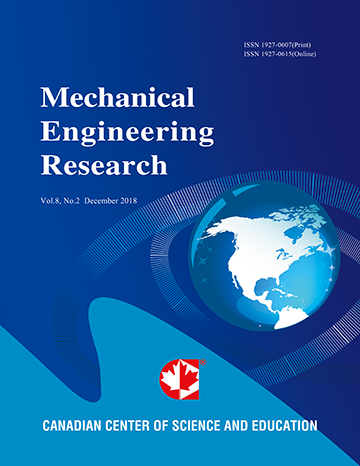System Hazard Platform: Case Study NASA Field Joint Failure
- Kouroush Jenab
- Josh Herrin
- Saeid Moslehpour
- Sam Khoury
Abstract
NASA became overconfident with consecutive successful flights with no major failures leading up to Flight 25 of the Space Shuttle Challenger and failed to correctly apply quality assurance to reanalyze the possibilities of failure when extreme cold weather was present for what would become the last Challenger launch. System Hazard Analysis applied correctly to analyze the failure rate patterns of the NASA Space Shuttle Challenger Solid Rocket Booster field joints may have prevented the launch of the tragic Flight 25, where there was a total loss of aircraft and seven astronauts were killed in the accident. The steps of System Hazard Analysis will be explained that if followed may have provided the data necessary for NASA to correct the field joint error prior to instead of after the Challenger explosion.
- Full Text:
 PDF
PDF
- DOI:10.5539/mer.v5n2p9
Contact
- Lenna BaiEditorial Assistant
- mer@ccsenet.org
